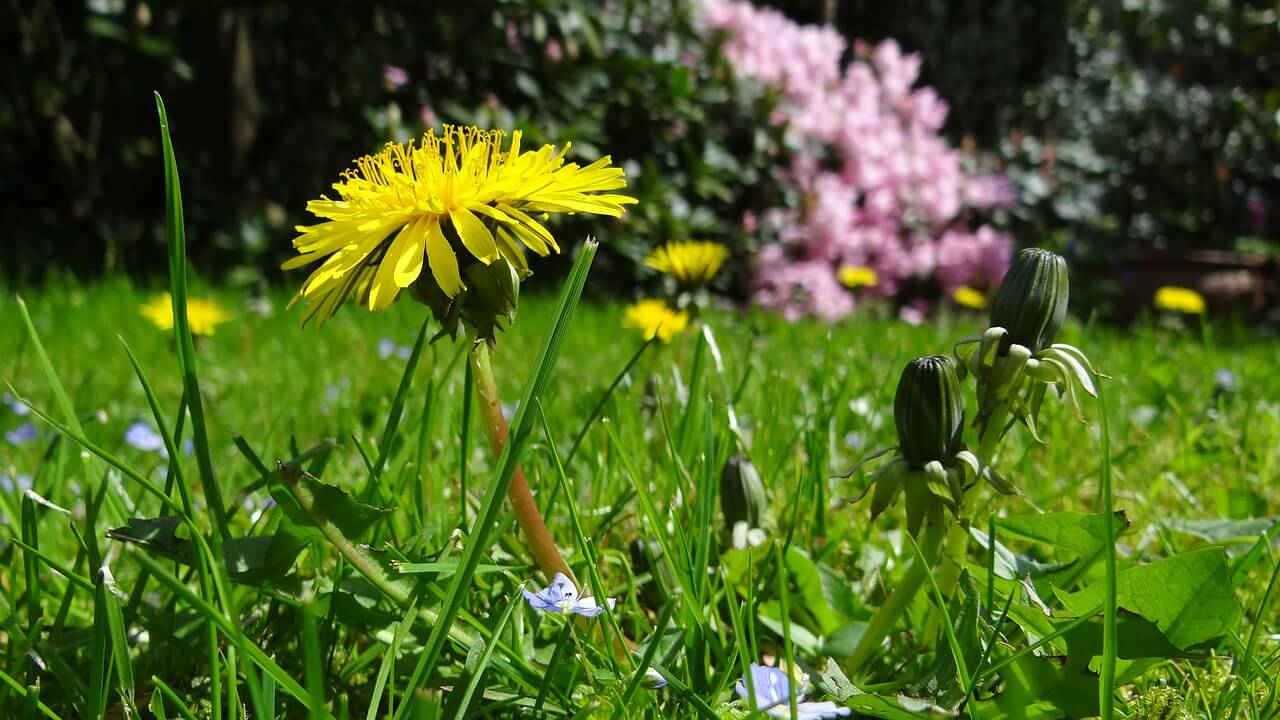During the month of July, it is a time to revive your lawn instead of using lawn fertilization. The heat can cause a lot of stress on your turf. This is the time many Denver homeowners make an effort outdoors, usually with a deep desire to make sure that they have pristine lawns to host barbecues and invite guests over. However, many homeowners fight against nature by overdoing it, using fertilizer, too much watering, and other means in an attempt to cajole new grass growth. It might feel like the right way to go about things, but this is actually the wrong approach. It is more ideal to respect the seasonal changes that happen to your turf and take some extra measures to gently treat your lawn.
Cool Season Grass
Kentucky bluegrass, for example, is a cool season grass that does better in temperatures of 60 degrees Fahrenheit. Once the temperature rises to more than 80 degrees, this and other similar types of grass will begin struggling to stay fresh and green. Some of these cool season lawns will take on a dormant state, showing brittle and brown blades. If your lawn is struggling in the summer heat, resist the temptation of fertilizing. Instead, stop using fertilizers approximately thirty days before the onset of summer. If you apply additional fertilizer to already damaged grass, it can burn the grass and create growth that will be hard to keep up with during the summer heat. Fertilizing a dormant lawn is not the best approach. You should adopt a routine of applying Revive treatments for the summer months for a healthy lawn and control of broadleaf weed, especially if you notice an invasion beginning in your lawn. Our team of experts begin applying Revive in the month of July to keep grass healthy and provide an alternative to fertilizer.
Fall and Spring
Control of broadleaf weeds is best done in the early spring and fall. This will give you an opportunity to take advantage of new turf growth during those seasons. A healthy lawn should be your primary defense against all types of weeds. When your lawn is infested weeds, it is a warning sign that you may have soil problems such as an imbalance in nutrients.
Green Lawn
For an attractive green lawn without weeds, you should place emphasis on the grass and soil health; giving it a few months to be strong enough to apply any weed control products. You can reduce the areas of turf throughout your yards to only grow grass where it can easily thrive. It is more attractive to have a small patch of healthy grass than a large spread of weedy and thin lawn.
Smaller Areas
Some weeds are able to be controlled in smaller areas by digging and pulling them up. This is a method best used after it rains or after you have done a lot of watering of your grass. However, for weeds that are deep rooted, this method of digging and pulling is usually ineffective and will require additional treatments.
The Ongoing Practices
Quality ongoing care is essential to control weeds. This includes maintenance, wise applications of treatment, and the appropriate mowing. This should result in a healthy lawn of dense blades with little chance of unwanted weeds. It is safe to say that applying Revive treatments combined with routine maintenance and care is the recipe for effectively controlling most broadleaf weeds in your lawn. Once you identify the lifecycle of the weed, you will be better able to determine a control strategy to use.
If you want to learn more about lawn care in Denver, Revive treatment options, and seasonal maintenance, call American Arbor Care today at 303-639-8584 for a consultation!

